Centennial Reflections: Examining Two Ideologies Through Time
27 Sep 2024 15:19:30
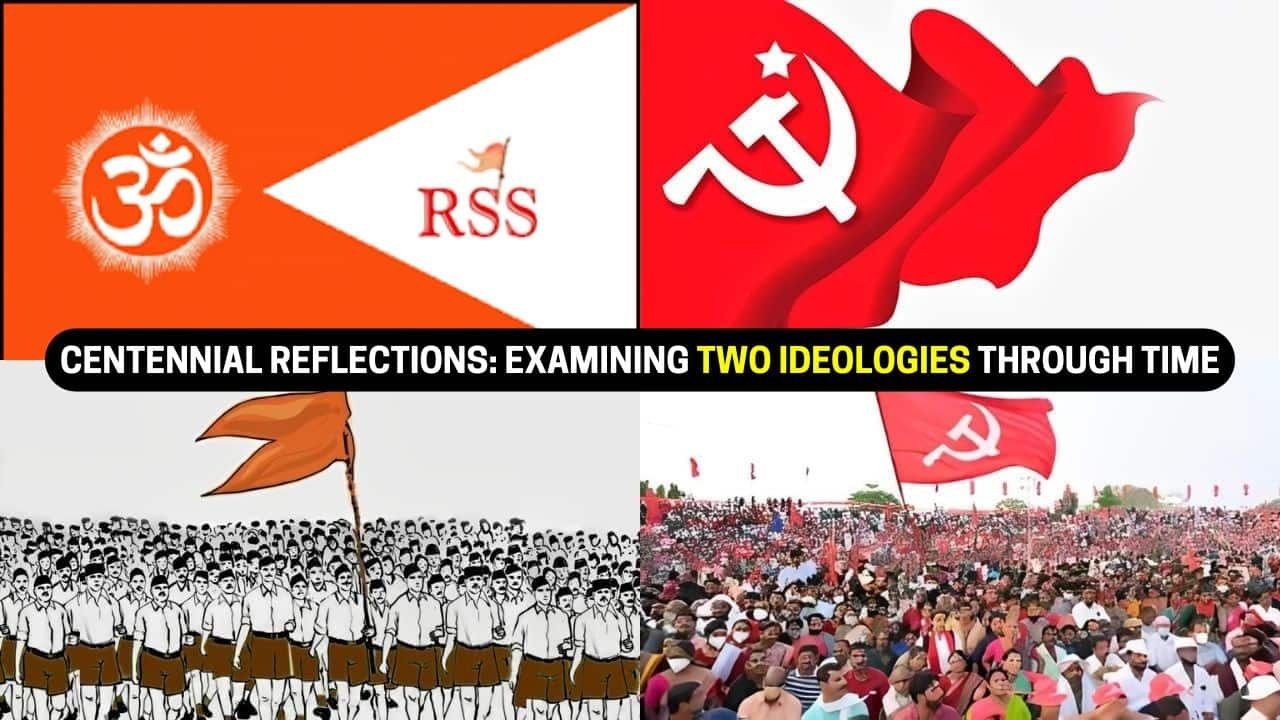
In 1925, two organisations each representing politically distinct ideologies were born—each destined to leave an indelible mark on India’s political landscape. One failed while the other succeeded.
These two diametrically opposed ideologies worked together at one point in Indian politics post India’s independence. Yes, you heard it right.
This period is largely unknown to many young people today, and it has generally been excluded from discussions for unexplained reasons.
The Communist Party of India (CPI) and the Rashtriya Swayamsevak Sangh (RSS), both founded in 1925, have significantly influenced India's socio-political landscape over the past century.
While the CPI emerged as a champion of socialism and workers' rights, advocating for a secular and egalitarian society, the RSS was established to provide character training and instil "Hindu discipline" in order to unite the Hindu community and establish a Hindu Rashtra based on the principle of selfless service to the nation.
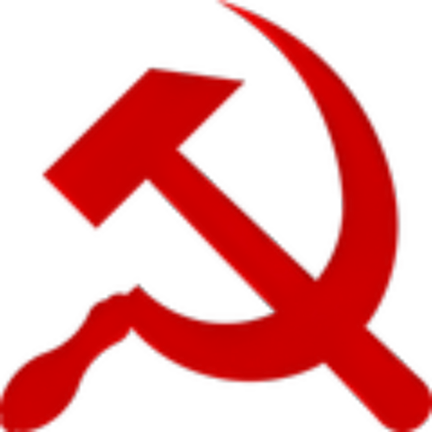
The CPI was formed on December 26, 1925, in Kanpur, during a period marked by anti-colonial struggles against British rule. It sought to align itself with global communist movements, advocating for workers' rights and social justice.
The party gained momentum in the post-World War II era, leading several significant movements, including armed rebellions in Telangana and Kerala. However, it later shifted its strategy towards parliamentary politics, especially after India gained independence in 1947.
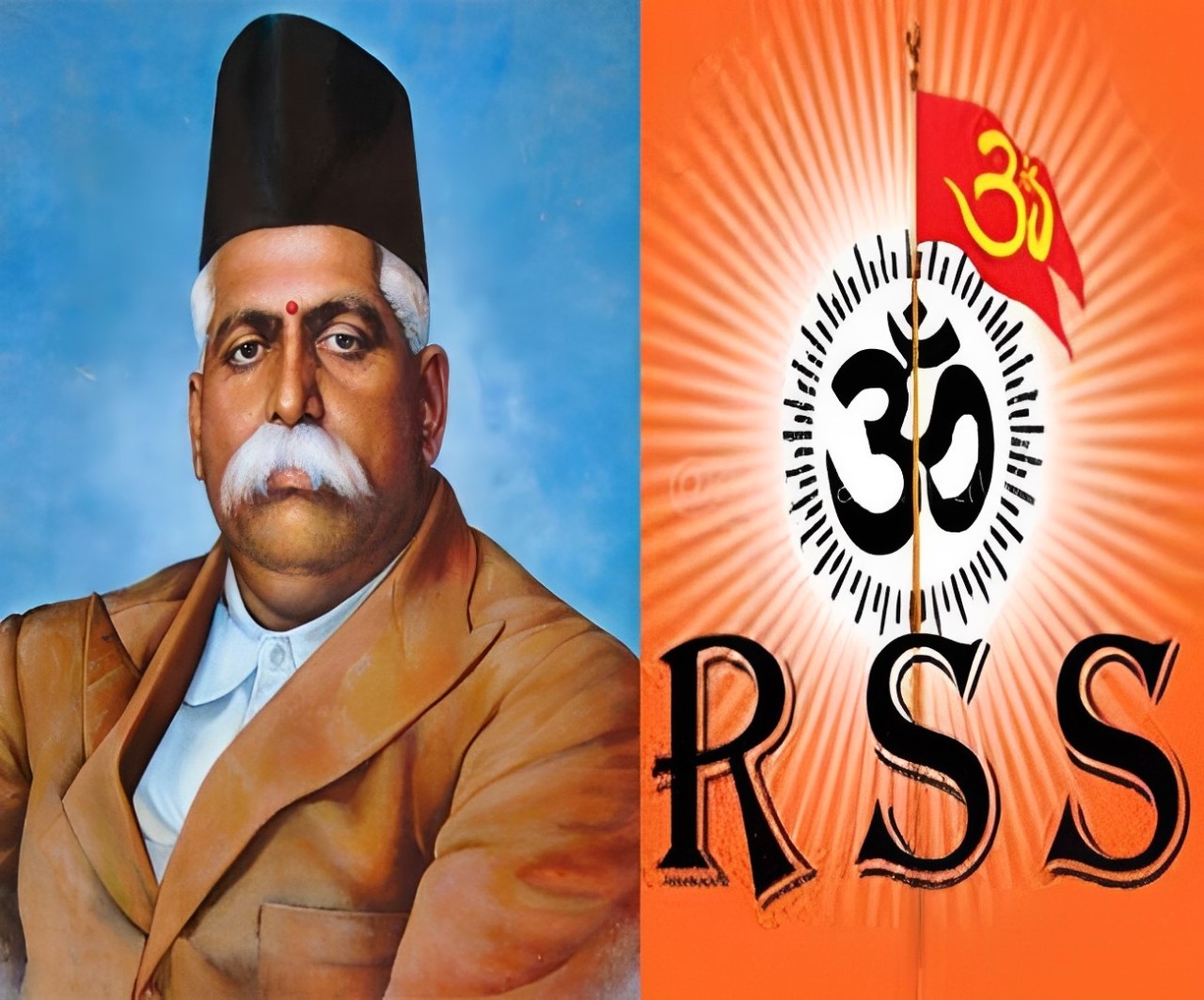
In contrast, the RSS was founded on September 27, 1925, by Keshav Baliram Hedgewar in Nagpur. The organisation aimed to unite Hindus under the banner of Hindutva (Hindu nationalism) in response to perceived threats from colonial rule and communal tensions between Hindus and Muslims.
The RSS positioned itself as a cultural organisation rather than a political one, but it has historically influenced political discourse through its affiliated organisations.
Both the CPI and RSS have significantly influenced India's political landscape since their inception. The CPI has historically championed socialist policies and workers' rights, while the Rashtriya Swayamsevak Sangh has promoted Hindu nationalism and cultural unity.
Their differing ideologies and approaches have shaped their respective roles in Indian politics over the past century, reflecting broader societal tensions regarding identity, governance, and socio-economic justice.
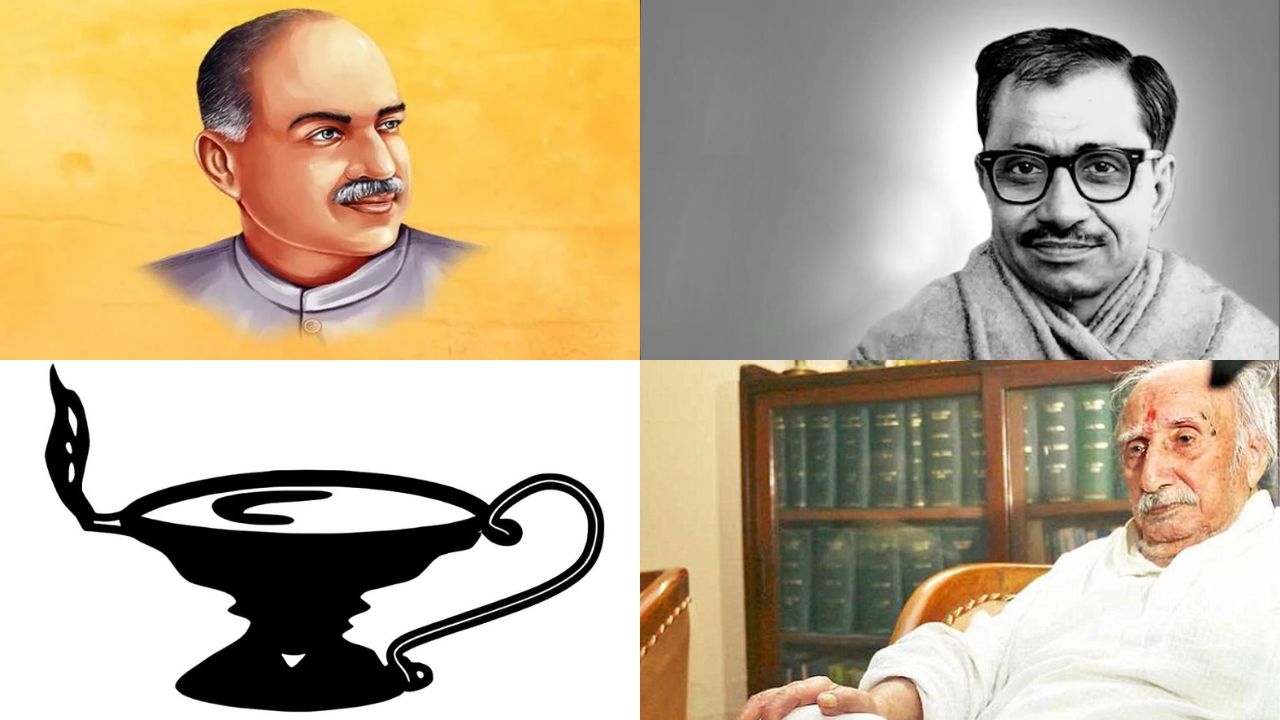
The Jana Sangh was formed in Delhi on October 21, 1951. Jana Sangh was the political arm of Rashtriya Swayamsevak Sangh. Its three founding members were Shyama Prasad Mukherjee, Balraj Madhok, and Deendayal Upadhyaya.
Shyama Prasad Mukherjee was a part of the Congress government headed by Jawaharlal Nehru, but on April 19, 1950, Mukherjee resigned from the Cabinet and decided to form a political party as an alternative to the Congress.
Stepping down as the industry minister and forming the Jana Sangh sparked many questions. It was formed at the Raghomal Kanya Madhyamik Vidyalaya in Delhi. The rectangular saffron flag was accepted as its flag, and the election symbol of the Jana Sangh was the 'deepak' (oil lamp).
The Jana Sangh later merged with the Janata Party, which included socialists and the rebel factions of Congress. In the elections of 1977, the leaders of Jana Sangh emerged very successfully.
In contemporary India, both organisations, CPI and RSS, continue to play significant roles in shaping political discourse. The RSS has gained prominence under the leadership of the BJP in recent years, which has integrated many of its ideologies into mainstream politics.
In electoral politics, both organisations have attempted to mobilise support among different segments of society. The CPI has historically aligned itself with leftist movements and worked within coalitions to counteract the influence of right-wing politics represented by the BJP and its affiliates. That said, Bharatiya Jana Sangh was once the face of the Communist Party of India.
The 1967 Indian general election was a landmark in the history of independent India. The ruling Congress Party was returned to power with the lowest majority it had since independence (284 seats).
It was defeated in assemblies in states like Bihar, Uttar Pradesh, Rajasthan, Punjab, West Bengal, Orissa, Madhya Pradesh, Madras, and Kerala. Ram Manohar Lohia's Socialist Party and Charan Singh's Lok Dal fought and won elections in Uttar Pradesh, Punjab, and Madhya Pradesh.
In many northern states, where Congress had won narrow victories, its members defected to opposition parties. Consequently, Congress governments fell and were replaced by Samyukta Vidhayak Dal (SVD) governments.
This was a coalition of legislators against the Congress—made up of Jana Sangh, Socialists, Swatantra Party, Congress defectors, and local parties.
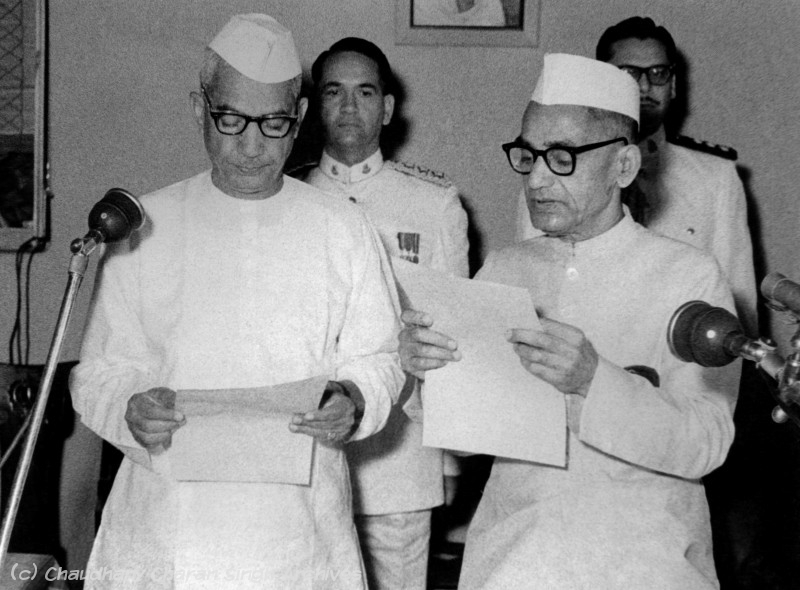
The first non-Congress government in Uttar Pradesh was formed on April 3, 1967, by an SVD coalition with Charan Singh as its Chief Minister.
Bharatiya Jana Sangh was a major constituent in this coalition with 98 MLAs, followed by the Samyukta Socialist Party having 44 MLAs, Jan Congress having 21 MLAs, the Communist Party of India having 14 MLAs, the Swatantra Party having 12 MLAs, the Praja Socialist Party having 11 MLAs, the Republican Party having 9 MLAs, the Communist Party of India (Marxist) having 1 MLA, and 22 Independents.
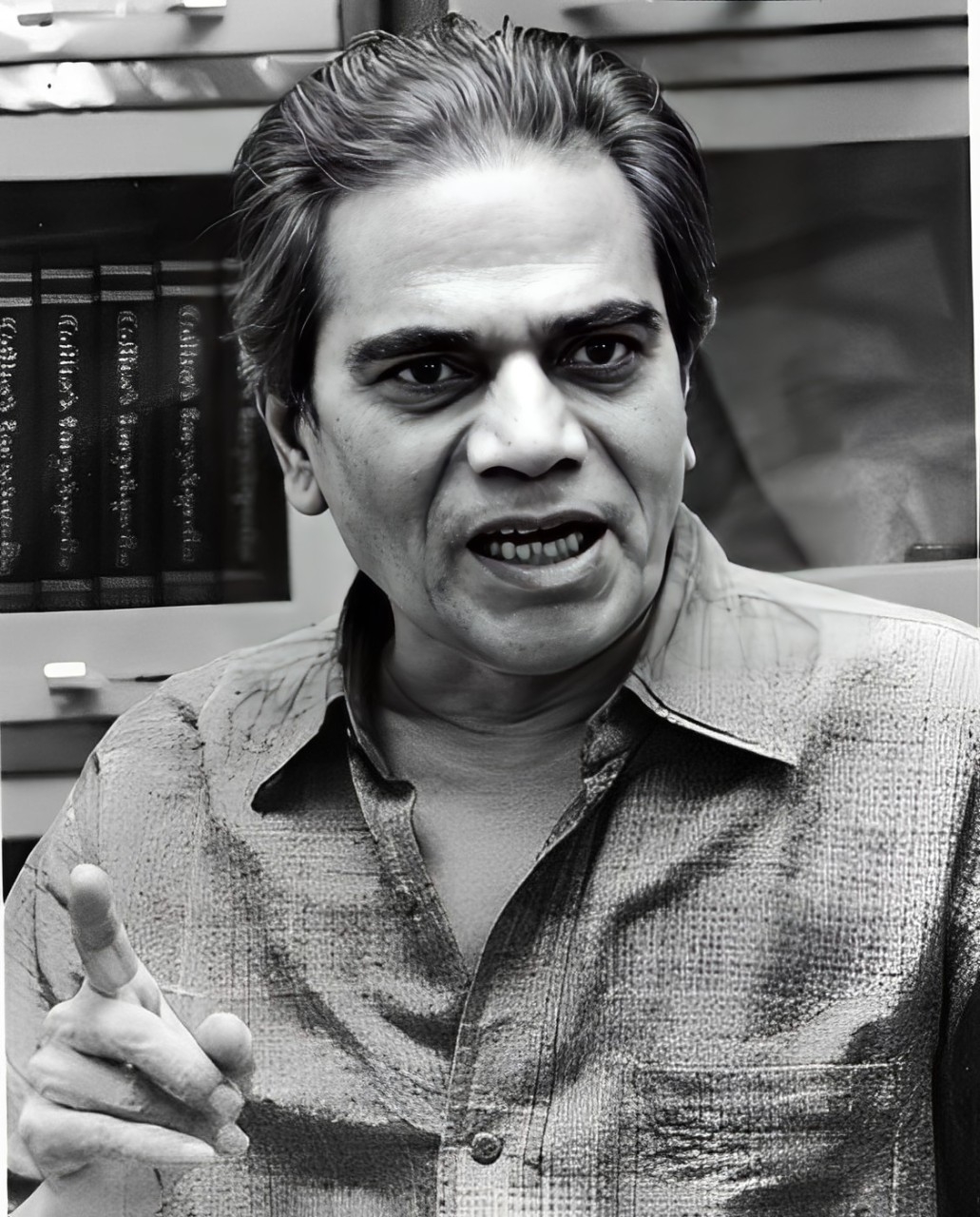
In 1978, socialist leader Madhu Limaye raised the issue of dual membership. This sparked a debate about whether Jana Sangh members who joined the Janata Party could continue being members of both the Rashtriya Swayamsevak Sangh and the Janata Party.
This held relevance as the Janata Party had joined hands with Jana Sangh leaders on the condition that they would give up their RSS memberships.
Meanwhile, Nitish Kumar, Mulayam Singh Yadav, and Lalu Prasad Yadav became prominent leaders after the 1977 post-Emergency period.
The Janata Party government fell in 1979. Lok Dal leader Chaudhary Charan Singh became the Prime Minister with the support of the Congress.
The Janata Party faced a crushing defeat in the 1980 Lok Sabha elections. After this, a resolution was passed in the executive meeting of the Janata Party, wherein any association with the RSS was banned within the Janata Party.
Against this backdrop, the leaders who came from the Jana Sangh to the Janata Party charted a new political course. By 1980, the paths of the Samajwadis and the Jana Sangh members in the Janata Party had diverged.
Atal Bihari Vajpayee, Lal Krishna Advani, and other leaders of the Jana Sangh announced the formation of a political party called the Bharatiya Janata Party (BJP) on April 6, 1980, at Feroze Shah Kotla ground in Delhi.
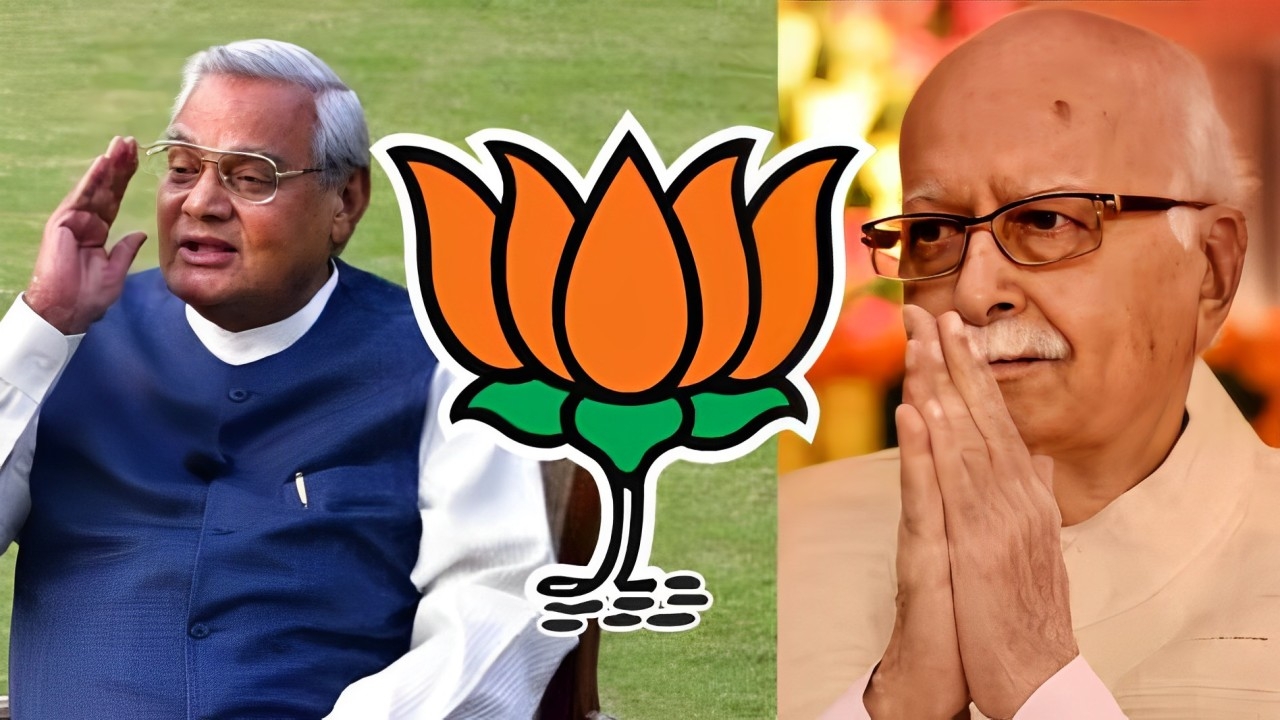
Atal Bihari Vajpayee became the first president of the BJP. In the 1989 Lok Sabha elections, the BJP reaped tremendous political benefits, going from two MPs to 85 MPs.
The CPI was recognised as a national party in 1989 in the same year. The Congress faced defeat, and VP Singh became the Prime Minister.
Vishwanath Pratap Singh was among the first politicians to create alliances with ideological enemies. He headed a government supported by both the BJP and the Left.
VP Singh's ministry was supported by the CPI, CPM, and BJP. There was a coordination meeting every Thursday where, on one side, Harkishan Singh Surjit sat, and on the other side, LK Advani sat, with Prime Minister Vishwanath Pratap Singh reviewing the meeting in the middle.
Setting aside ideological differences, the Congress, the Bharatiya Janata Party, and the Communist Party of India (Marxist) joined hands in Sikkim to unitedly fight Chief Minister Pawan Kumar Chamling's Sikkim Democratic Front in the assembly but lost a 32-year fight!
CPI & CPI-M have historically positioned themselves as defenders of the working class and advocates for social justice. However, their governance has been marred by instances of violence against political opponents and marginalised communities.
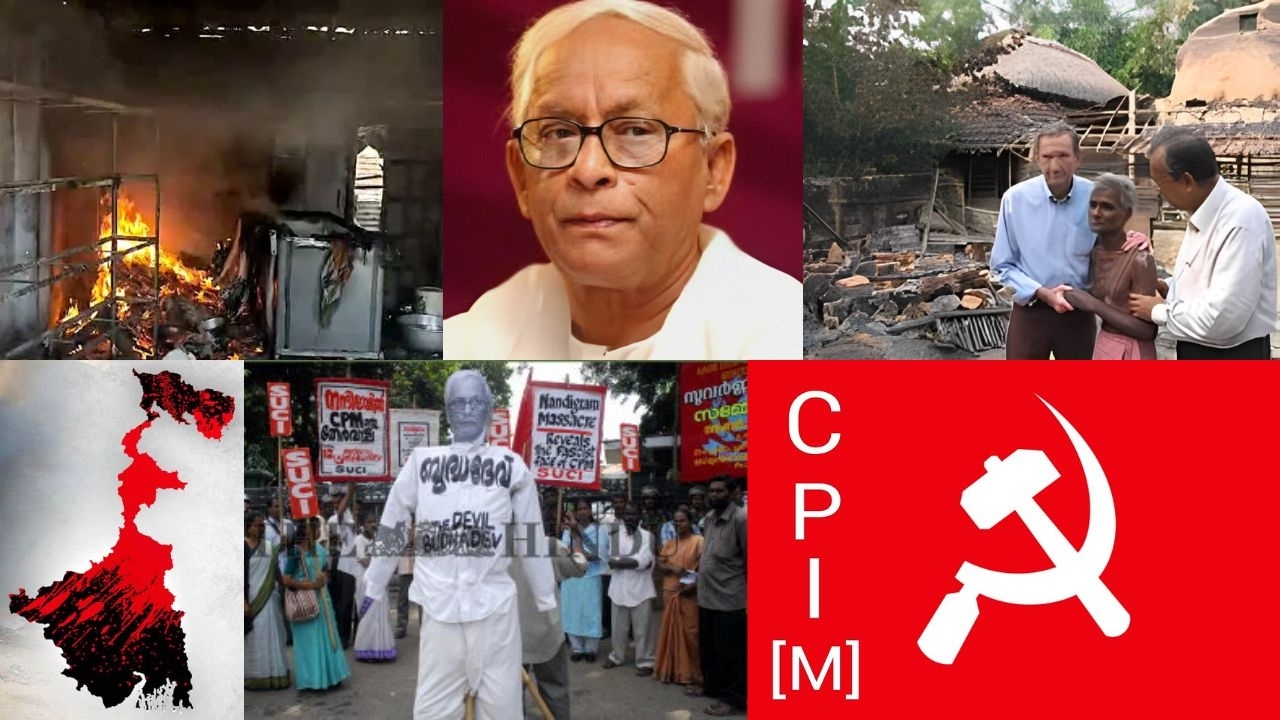
These events have led to significant criticism and shaped public perceptions of communist rule in India, particularly in West Bengal. The legacy of this violence continues to influence contemporary politics in regions where these parties remain active.
As the two organisations near their 100-year milestones in the 2024 elections, the Communist Party of India had lost its national party status due to poor electoral performance in former strongholds like West Bengal and Odisha, while its offshoot CPM faced decline in Kerala.
Internal criticism of the CPI has grown, citing ineffective campaigns, failure to combat corruption, and lack of youth support. The theory of communism—starting with dictatorship and ending in utopia—has, in practice, resulted in perpetual dictatorship.
Meanwhile, the RSS continued to position itself as a cultural organisation, projecting independence from the BJP's political activities.
In the context of contemporary political dynamics, where parties often shift their positions based on strategic interests rather than ideological consistency, the phrase "there is no permanent enemy or permanent friend in politics" encapsulates the fluid nature of political alliances and rivalries. This concept is particularly relevant in today’s political scenario.

The principle that there are no permanent enemies or friends in politics underscores the strategic manoeuvring that characterises political relationships. As parties navigate alliances and rivalries based on evolving interests, they illustrate the complexities of contemporary political dynamics. Understanding this fluidity is crucial for analysing both current events and future political developments.
As both the RSS and CPI approach their 100-year milestones, their trajectories tell a tale of contrasting fortunes. The CPI, once a powerful revolutionary force, now finds itself struggling for relevance.
Meanwhile, the RSS, with its patient and disciplined approach, has embedded itself deeply into India’s socio-political fabric. The RSS today stands as one of the most influential organisations in India, deeply embedded in the nation’s social, cultural, and political fabric, fulfilling the long-term vision it has nurtured since 1925.
As the ideological backbone of the BJP, the RSS has demonstrated its ability to shape perspectives, influence policy, and maintain a vast, committed network of volunteers, making it a formidable force. Its success story is one of strategic foresight, organisational discipline, and adaptability in a rapidly changing nation.
India’s political future remains unpredictable, but the success story of the RSS stands as a testament to the power of cultural movements, long-term strategy, and the ability to adapt to changing times.
Article by

Vimal M
Mumbai, Maharashtra